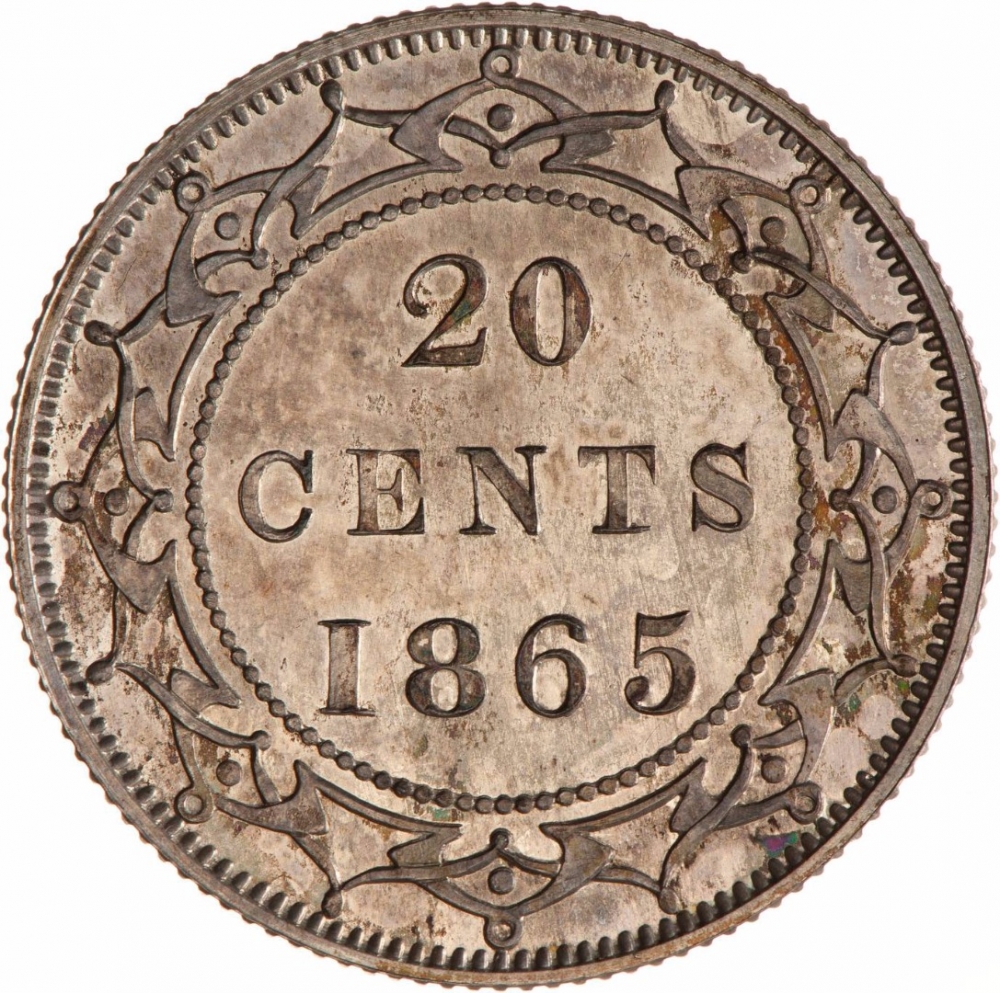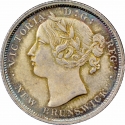You are about to finish your registration. Please check your mailbox (including spam folder). There should be a letter with a confirmation link. Check setting to make sure that your e-mail address is correct.
Send letter againDescription
Newfoundland Colony was the name for an English colony and later British colony established in 1610 on the island of the same name off the Atlantic coast of Canada, included in the modern-day Canadian province of Newfoundland and Labrador. This followed decades of sporadic English settlement on the island, at first seasonal rather than permanent. It was made a Crown colony in 1854 and a Dominion of the British Empire in 1907. In 1949 it joined the Canadian confederation as the Province of Newfoundland.
The reverses for the 1865 and 1880 issues have a Roman I in the date and with later issues, the Arabic 1 is in the date. Two obverses were used during this period, the first one was from the New Brunswick twenty cent obverse with a modified legend and the second shows the Queen with more aged facial features.
The twenty-cent denomination was very popular in Newfoundland and was minted on a consistent basis throughout the reign of Queen Victoria. Over the years the piece became unpopular with Canadians as it was easily confused with the Canadian 25-cent piece, which was similar in size and shape. Pressured by Canada, the government replaced it with a twenty-five cent coin during World War I.
Obverse

|
Laureate head of the Queen, with plait of hair running below the ear, facing left; legend around. VICTORIA D: G: REG: |
|---|---|
Reverse

|
At centre within beaded circle value and date, around an ornamental border of interlinking curves. 20 |
| Edge |



